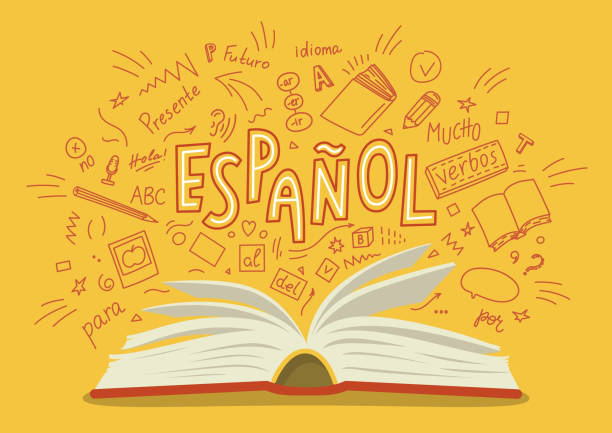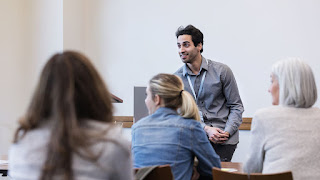Technology provides
great opportunities for both teachers and students. Various ways technology
such as smartboards, video projectors, among others should be used in order to
facilitate learning.
Technology makes a
connection with studying
When technology is used
properly, students would be more interested in the topics that they are
studying. Technology provides the opportunity for students to learn a topic in
different and newer ways. An example of which is virtual teaching and using online
resources.
Technology facilitates
participation within learning procedures
Technology helps
students to have active participation in class and is an important factor for
remembering materials/contents in memory. The best technology that can help
students to keep materials in their memory should be chosen.
Technology encourages
students to learn
No two students learn
the same way because each individual has different styles of learning and
skills. Technology helps each student to meet his/her needs. For example, a
gifted student who learns quickly, can review what he/she has been studying or
delete the content. Technology equips students with a lot of information and
resources which makes students more curious to learn.
Technology encourages
collaboration
Students can build their
collaboration skills while participating in various online activities with
other students. For example, working on projects with different people or
sharing journals online is very effective in becoming collaborative. Technology
can connect students from different schools or around the world. Students
actually can learn how to build 21 century skills through the use of
technology. Some examples of 21 century skills built through technology
are: modern collaboration, problem solving, critical thinking,
communication skills, leadership and creativity.
Technology facilitates teaching
Technology is the way to
access different resources online. Teachers can use a lot of valid online
resources to make students more curious. Teachers can also save a lot of time
with technology such as virtual curriculums and online grading/evaluation.
References:
Roozbeh, M. (2020).
Top Six Reasons to Incorporate Technology in Schools. Minevisa. https://minevisam.com/advantages-of-using-technology-in-the-classroom/
Marziyeh@NU-OTECA

























